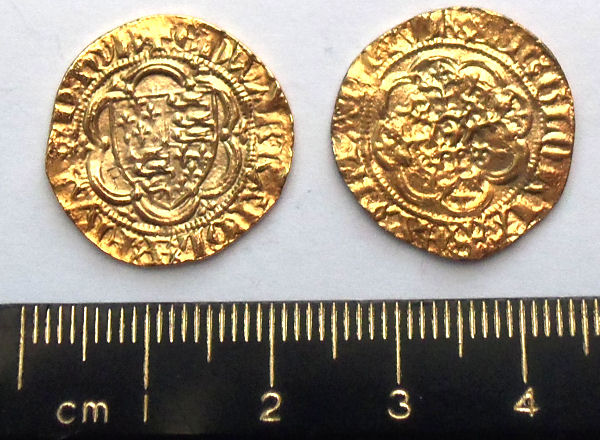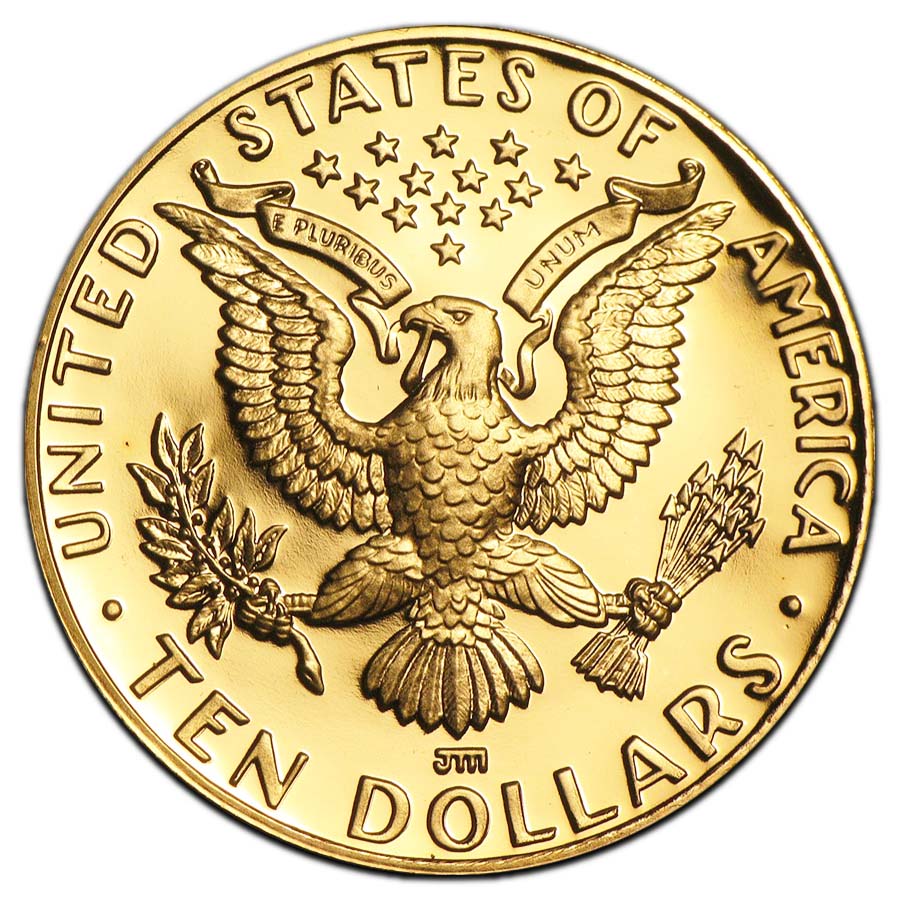

The first quarter eagle, the 1796 Capped Bust Right (Turban Head) without stars was designed by Chief Engraver Robert Scot. The paucity of early quarter eagles has a flip side for numismatists however, as these coins in their many variations are among the rarest in numismatics, and have both fascinated and frustrated collectors and researchers for years. The cent, half dollar, and half eagle took center stage during this era they were the real workhorses. Although authorized by the Mint Act of 1792, by all appearances the coin was an unwanted stepchild: it was the last denomination made, and then only in such small quantities as to be of little use in commerce. A few large Northeastern banks did occasionally order quarter eagles, but apparently more as a whim than out of necessity, as most remained in their vaults. The denomination may as well not have existed at all. It was unlikely however, that anyone outside the Philadelphia Mint would see that amount in the form of the new quarter eagle coin: so few were made, and fewer still entered circulation. However, they are still counterfeited.Image Courtesy of Heritage Auctions on eBayĪt the turn of the 19th century, two and a half dollars represented a considerable sum of money, five days wages for the average U.S. Coins are no longer made of any metal which is worthwhile clipping. The problem was largely solved by changes to the metals with which coins are made.

The same phrase appeared on the first issue of the £1 coin. Notably, the phrase Decus et Tutamen, 'an ornament and a safeguard', appeared on the edge of the Crown coin of Charles II. Machines to make the coins, milling (ridges) around the edge of the coin and engraving up to its edge. Various measures were introduced by the Royal Mint to stop clipping. She was drawn on an hurdle or sled to Smithfield where she was burned to death. This gives an indication that in monetary terms clipping was worthwhile, but the sentence was not.

For each £100 of coin brought to her, she gave them £5. For example, one woman arranged with various apprentices, servants and cashiers who were responsible for safe custody of their masters' money, to bring it her to be clipped and then returned to them. The act of clipping was not just the occasional coin, it could be a well organised crime. The threat of hanging did not put off the criminals, for clipping could be profitable, and at its simplest, the only tools required was a file, some shears or strong scissors, and a melting pot. In 1677, a judge at the Old Bailey Court in London observed that " 'Tis sadly known how common that mischievous crime of Counterfeiting, Clipping, and Filing of his Majesties Coin is become in most parts, to the great abuse of all good Subjects." It was such a problem that in Britain clipping was high treason and punishable by death. The act of clipping was a serious criminal offence as it undermined the currency of the country. The cut-off pieces would then be melted into a bar and sold to a goldsmith, or used to make counterfeit coins. So cutting or filing a small amount off the coin would probably go unnoticed. It was not usual to receive a coin which was not perfectly round. Coins were once made of pure gold and silver, and through everyday use were subject to wear. Image courtesy of Mike Peel at Wikipedia ( CC-BY-SA-4.0 When our currency was undermined by criminals.Ĭoin clipping is the practice of cutting small pieces from coins. Articles on the History of Essex, Researching your Ancestors, and British History What is Coin Clipping? There are also advertisements supplied by Google.
EBAY COINS GOLD QUARTERS ARCHIVE
DISCLOSURE: This webpage may contain affiliate links to Ancestry, Findmypast, British Newspaper Archive and Ebay, meaning when you click the links and make a purchase, we receive a commission.


 0 kommentar(er)
0 kommentar(er)
